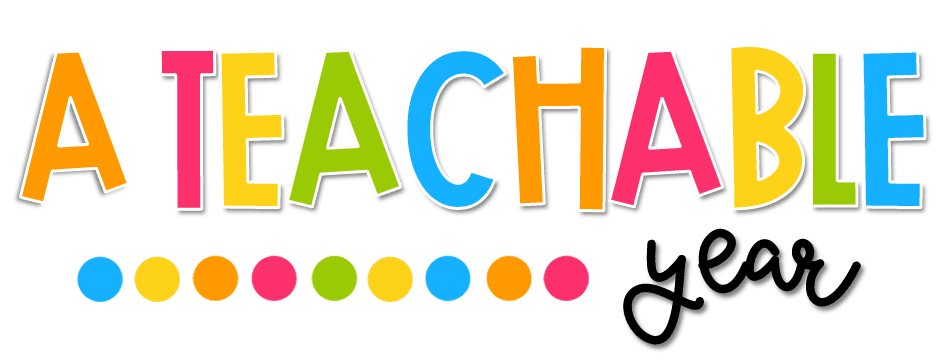Understanding Chuseok
Chuseok, often referred to as Korean Thanksgiving Day, is a significant harvest festival marked by ancestral rituals, family gatherings, and expressions of gratitude for the year's harvest.
Chuseok, often referred to as Korean Thanksgiving Day, is a significant harvest festival marked by ancestral rituals, family gatherings, and expressions of gratitude for the year's harvest.
Language Skills and Activities
Vocabulary Enrichment:
Introduce Chuseok-related vocabulary such as harvest, tradition, gratitude, family, celebration, and specific terms related to the holiday. Use visuals, descriptions, or discussions to reinforce vocabulary.
Reading and Comprehension:
Select articles, stories, or historical texts about Chuseok traditions, the significance of ancestral rituals, or family gatherings. Conduct reading sessions followed by discussions or comprehension tasks.
Select articles, stories, or historical texts about Chuseok traditions, the significance of ancestral rituals, or family gatherings. Conduct reading sessions followed by discussions or comprehension tasks.
Writing Tasks:
Encourage students to write essays about their family traditions, poems expressing gratitude, or letters describing their ideal Chuseok celebrations. This exercise nurtures language skills and encourages cultural exchange.
Encourage students to write essays about their family traditions, poems expressing gratitude, or letters describing their ideal Chuseok celebrations. This exercise nurtures language skills and encourages cultural exchange.
Chuseok Traditions and Celebrations
Ancestral Rituals:
Discuss the rituals observed during Chuseok, such as the preparation of food, ancestral memorial services, and paying respects to ancestors.
Discuss the rituals observed during Chuseok, such as the preparation of food, ancestral memorial services, and paying respects to ancestors.
Family Gatherings:
Explore the importance of family gatherings during Chuseok, emphasizing the togetherness and sharing of traditional foods like songpyeon (rice cakes).
Interactive Activities
Songpyeon Making:
Engage students in a virtual or in-class activity to make songpyeon, allowing them to experience the traditional process of making and sharing these rice cakes.
Ancestral Ritual Representation:
Encourage students to create artwork or presentations showcasing Chuseok's ancestral rituals and their significance.
Engage students in a virtual or in-class activity to make songpyeon, allowing them to experience the traditional process of making and sharing these rice cakes.
Ancestral Ritual Representation:
Encourage students to create artwork or presentations showcasing Chuseok's ancestral rituals and their significance.
Reflective Discussions
Gratitude and Family:
Initiate discussions on the themes of gratitude, family values, and the significance of honoring ancestors in different cultures.
Cultural Exchange:
Encourage students to share their own cultural celebrations or family traditions, fostering an environment of cultural exchange and understanding.
Teaching about Chuseok in ESL classes offers a cultural journey into Korean traditions, family values, and expressions of gratitude. By integrating language exercises, discussions on traditions, interactive activities, and reflective discussions, educators can create an engaging lesson that not only enhances language skills but also fosters cultural appreciation and empathy.
As we celebrate Chuseok, let us inspire students to appreciate traditions, understand the importance of family bonds, and embrace the spirit of gratitude that transcends cultures.



No comments
Post a Comment
Thanks for your comment!